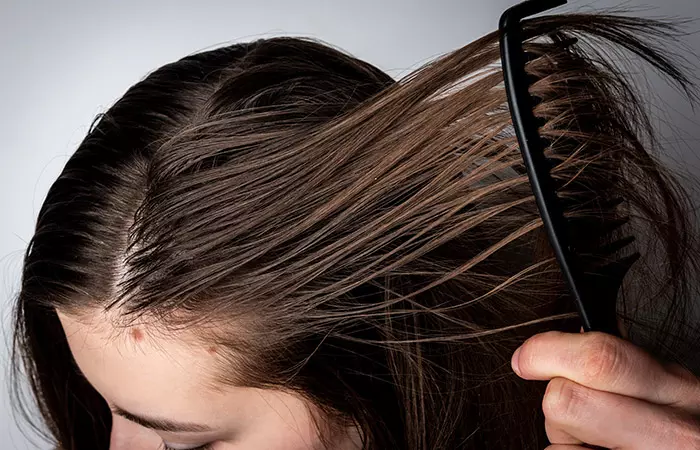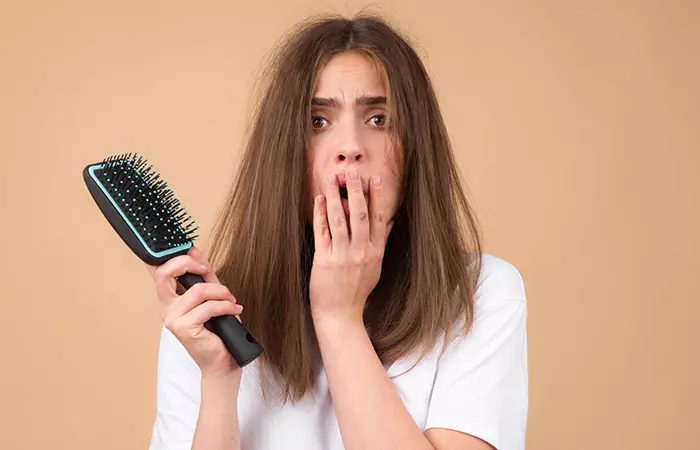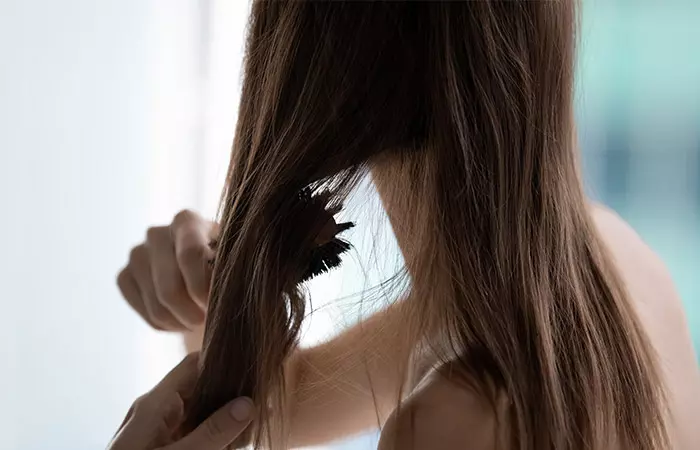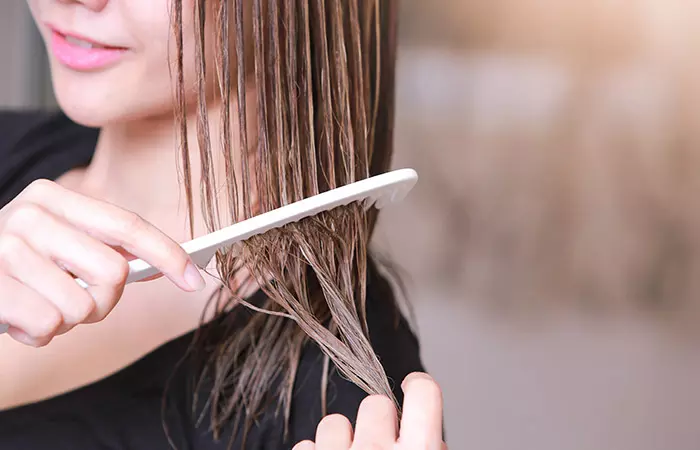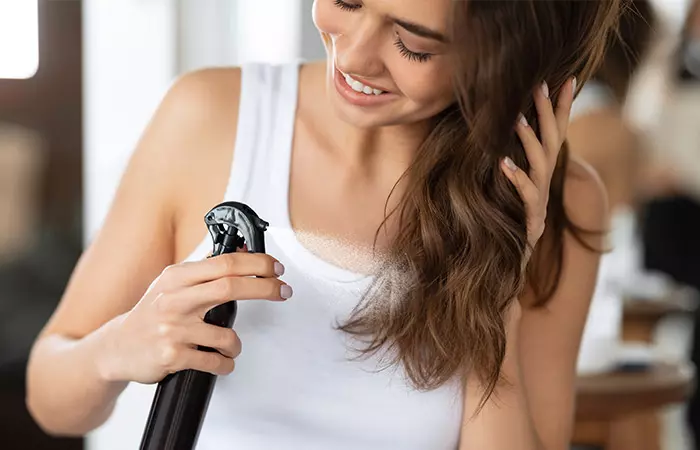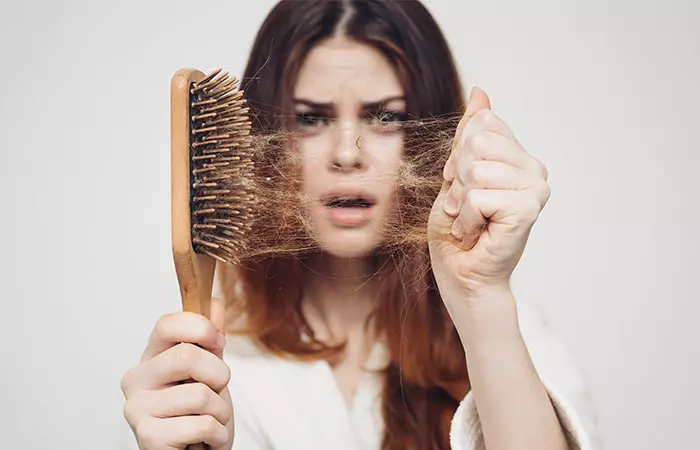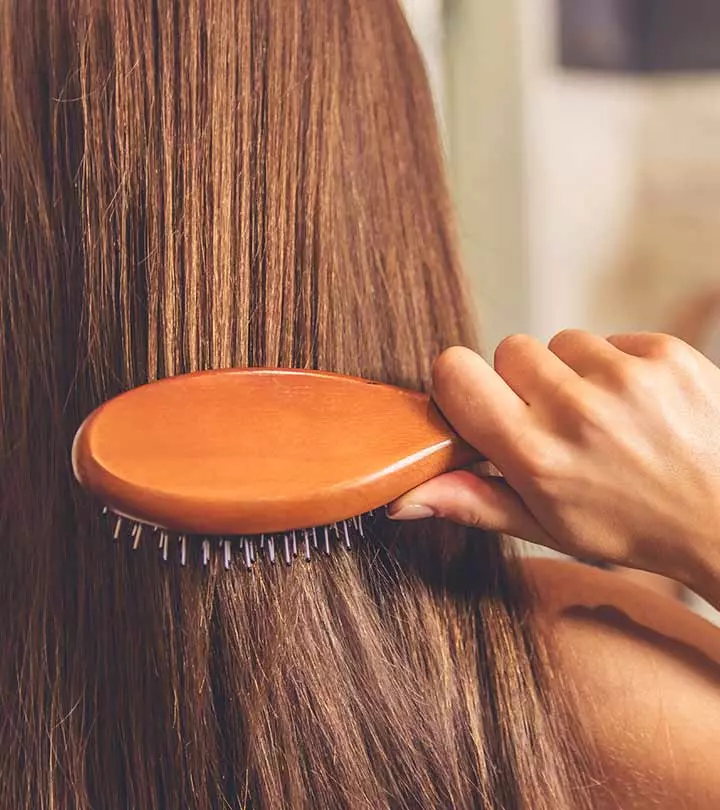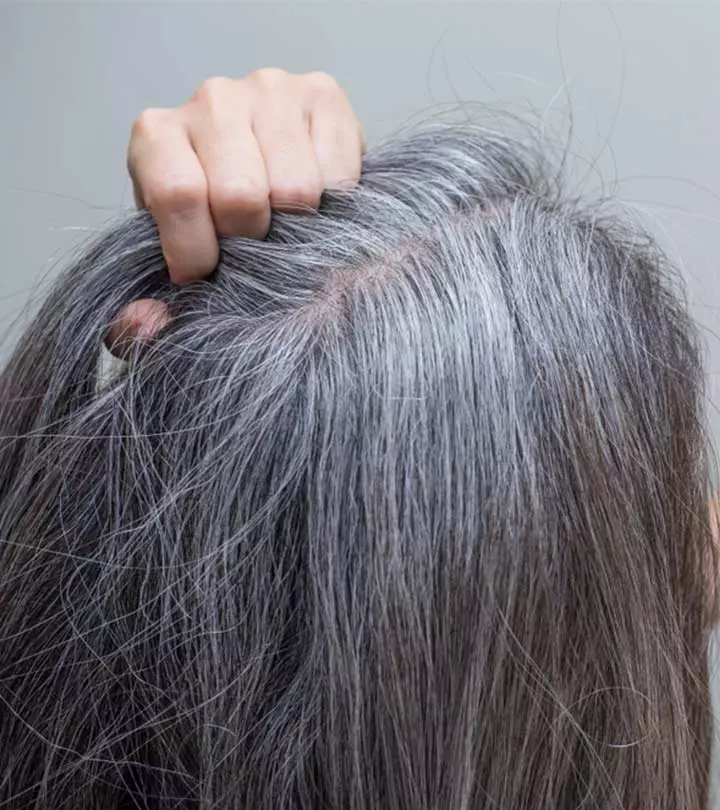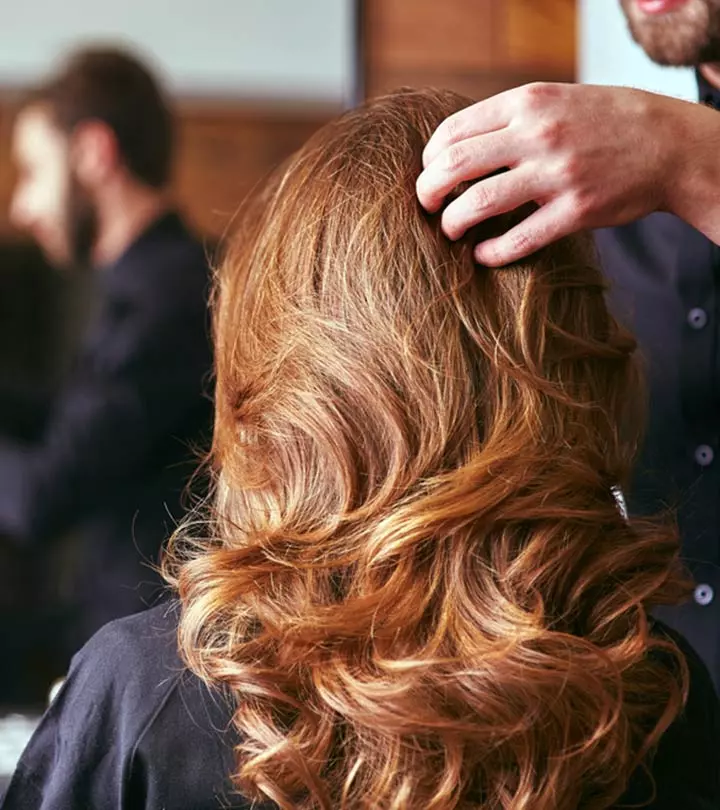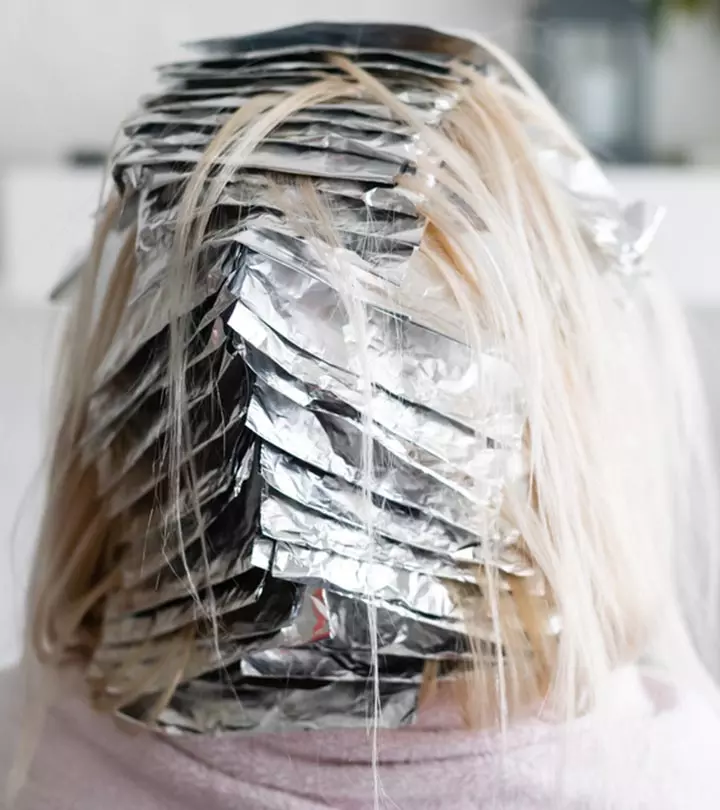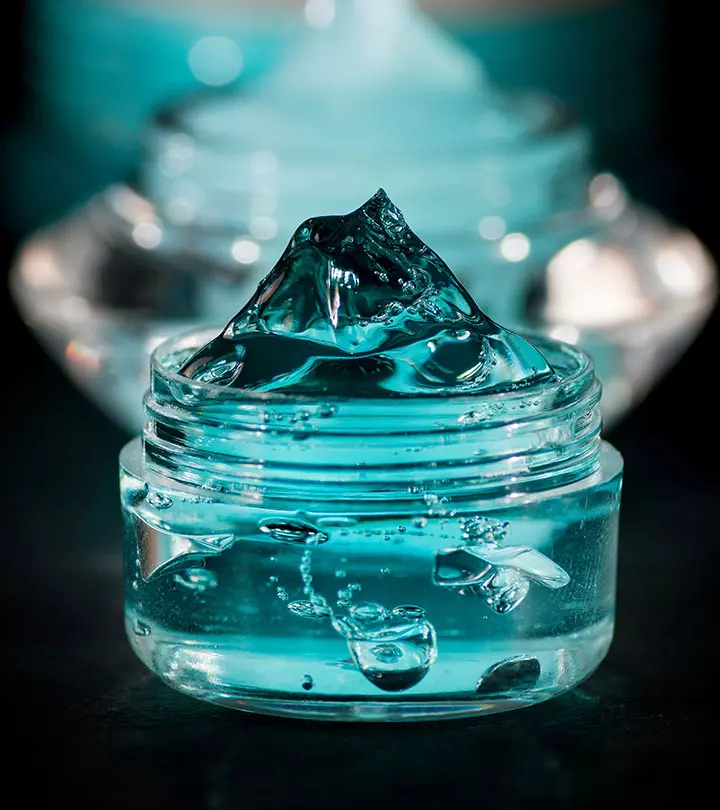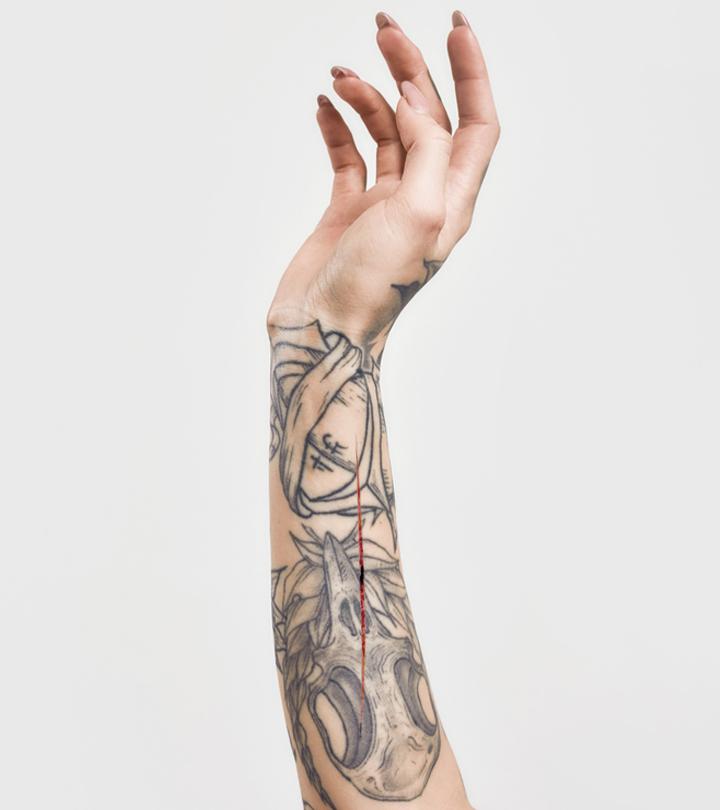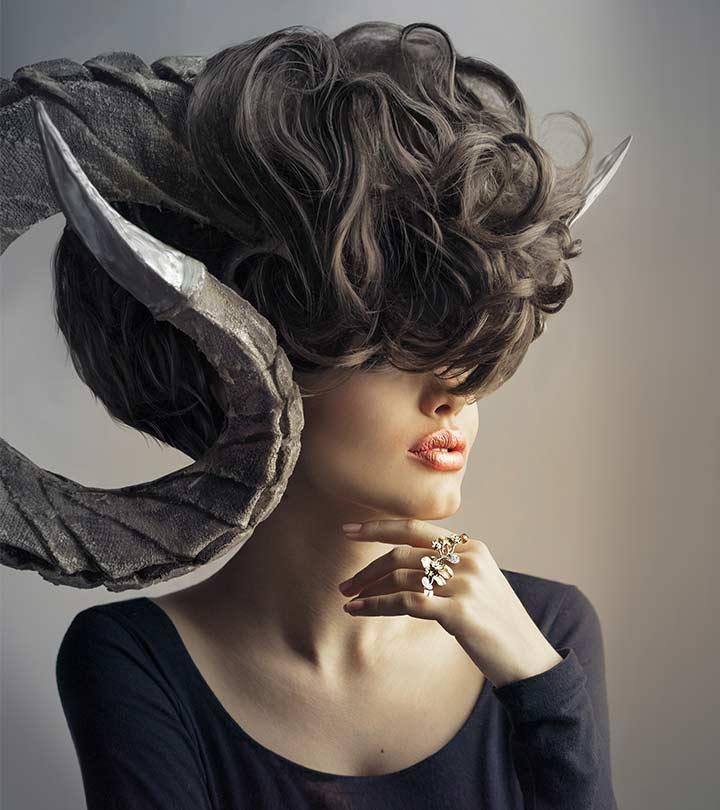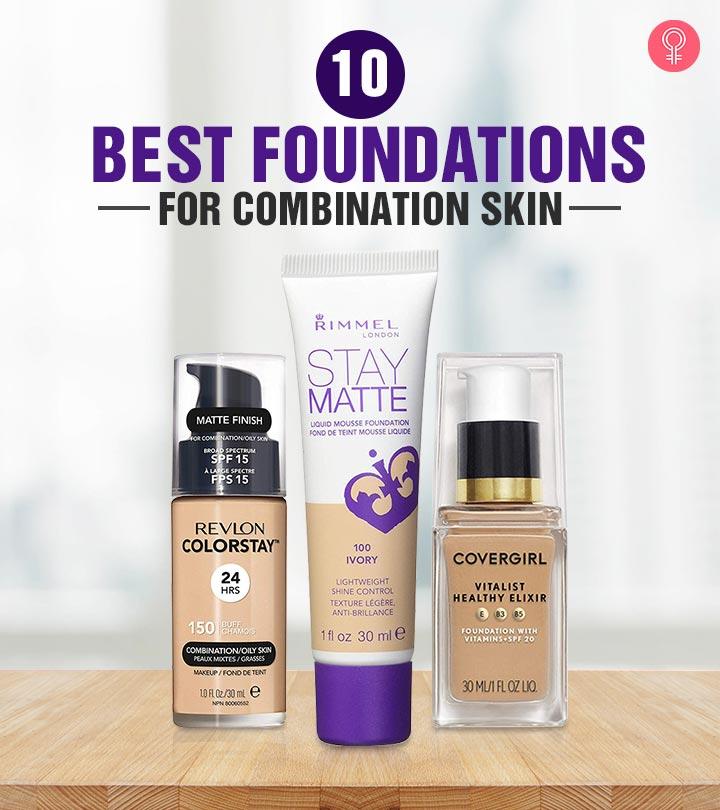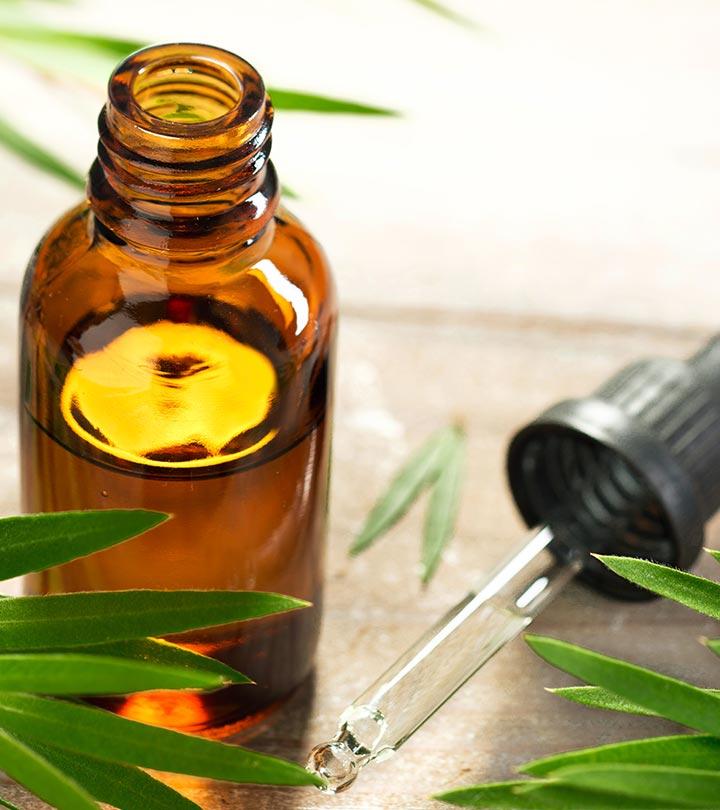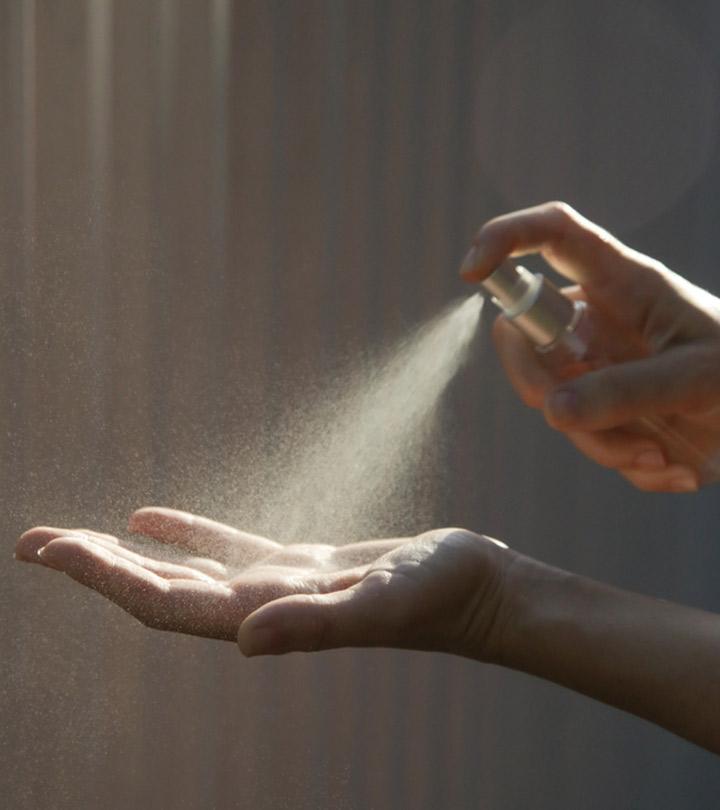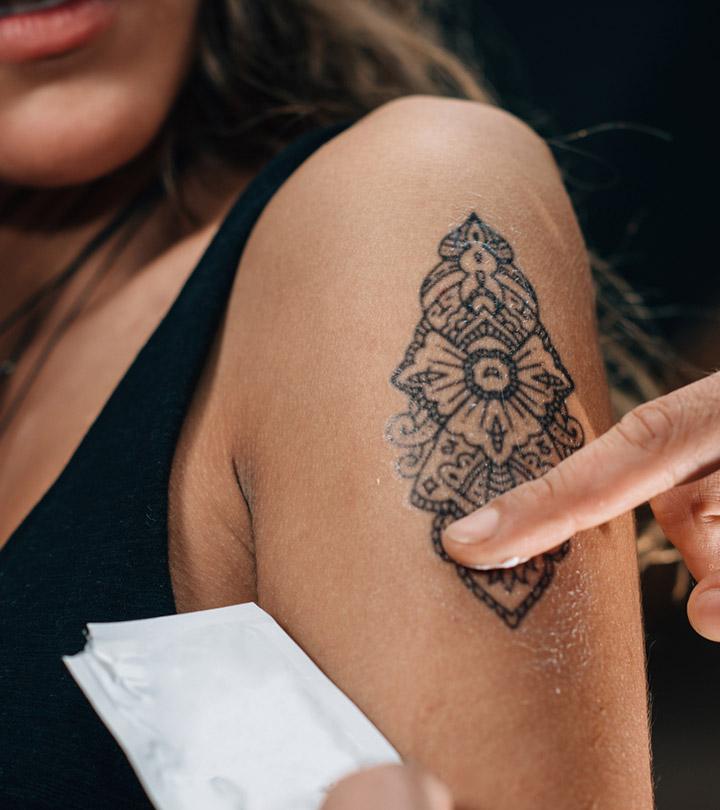8 Super Damaging Hair Combing Mistakes You Are Making

Image: Shutterstock
We all love our hair. Like a child, it grows before us every day. When it comes to following a good hair care routine, we manage to do the bare minimum of combing, oiling, shampooing, and conditioning. After all this pampering, when you see signs of damaged hair, it breaks your heart. We are not here to guilt-trip you over the hair care mistakes because we know how knotty and unruly hair can get sometimes! We are here to share a few dos and don’ts on the common activity of combing. We hope it helps you achieve your dream of tangle-free hair!
1. Use The Right Comb
Combs do not follow the one-size-fits-all rule. Before plunging a random comb in your hair, make sure you do a gentle test run. If it pinches or pulls on your hair, it is definitely not made for you. Your comb or hairbrush should complement your hair texture. Each kind has a different effect on your hair. Metal combs add volume when you blow-dry your hair. If your hair is curled, use a firm brush with enough tension to pull through your hair. If you want to pull your hair up in a ponytail, a flat, paddle-shaped brush is what you need. Avoid brushes with ball-end bristles as they may wrap around your hair and rip it out. For regular use, make sure you go for bristles that are not made of plastic. Not only are those non-biodegradable but do not give a bounce to your hair unlike organic wood or brushes made of other materials.
2. Don’t Pull At Your Scalp
You must have seen many advertisements where the comb glides through the hair from the scalp to the tips. But by now, you know it’s the work of a CGI artist, and no one could pull off a stunt like that without losing some hair. Wet hair is vulnerable to breakage, so even massaging a wet scalp is something you should refrain from doing right after your bath. Also, your hair is not your competitor in a tug of war, so pulling on it to detangle knots is the exact opposite of what you should be doing. Be as gentle as possible and see that your hair passes the comb in a single pull.
3. Be Gentle Along The Hairline
The hair along your hairline is more delicate than the rest of your hair. It is the hair that brushes against your face and is prone to wear and tear. If you are not gentle when you brush your hair, it may result in a receding hairline, or worse, a permanent condition is known as traction alopecia (1). It occurs to people who always pull their hair to one side or secure it in tight buns or ponytails all the time. It can be stopped in its initial detection stage but it is usually incurable. That particular area of the scalp stops growing hair permanently.
4. Start With Your Hair Ends
Now that you know that you should start combing from your hair ends, we will tell you exactly how to do it. Once your hair is dry, begin by sectioning your hair into two parts. If your hair is thick, you can divide it into four equal sections. If you feel you can run your fingers smoothly through your hair, start by gently combing the lower half of your hair with a wide-toothed comb.
5. Use A Leave-In Conditioner
A leave-in formula is ideal for detangling hair. It nourishes cuticles and repairs them while retaining the natural shine. If you are new to leave-in conditioners, a weekly deep conditioning treatment will give you instant results. Once it dries, you will find combing your hair is really convenient and hassle-free.
6. Use A Detangle Spray
If you are new to detangle spray, this is something you should definitely try. A single spray can help you get rid of stubborn knots. You can start by spraying the mid-shaft ends and gently pulling a comb from the hair ends. The formula contains conditioning agents that smoothen the cuticle and reduce friction between the hair and your comb. The more nourished and smooth your hair is, the easier it is for the comb to skip past your hair strands. However, make sure you don’t drench your hair in the spray as it will harden too much. Just a few whiffs are enough to break those knots without having to pull out a chunk of hair along with it.
7. Don’t Wrap Your Hair In A Towel
For years you have walked off your shower having your hair wrapped in a towel, and now when we tell you this, you will know why your hair gets messed up after a bath. Instead of a towel, you can try using a cotton kitchen cloth or a plain T-shirt. It will soak all water without entangling your hair in it. The grooves of the towel can rub against your tresses and get them more knotted than your hair actually is.
8. Use A Clean Comb
When was the last time you actually cleaned your comb? No, we don’t mean that five-second rinsing under the tap. Your comb accumulates dead cells from your scalp, and the base of the comb will hold the dirt till you deep clean it with a brush. If you are not in the habit of cleaning your comb, the greasy dirt will go back to your hair and hold the strands together to make the base of matted hair.
Pro Tip: Add a few drops of liquid dishwashing soap in a mug and drop all your combs in it. Let it sit for a few hours, and then use a toothbrush to clean the base of the comb’s teeth.
We bet you didn’t realize that you were actually making these combing mistakes. It is a very common conception to comb your hair as much as possible in a day for better blood circulation and fewer tangles. But many times, we overdo it or use the wrong technique which causes damage to our tresses. So now that you know about all the tricks to combing your hair right, flaunting tangle-free hair shouldn’t be just a farfetched dream. Do you have any personal secrets to maintaining good-looking hair? Let us know in the comment section below!
References
Articles on StyleCraze are backed by verified information from peer-reviewed and academic research papers, reputed organizations, research institutions, and medical associations to ensure accuracy and relevance. Read our editorial policy to learn more.
- Traction alopecia: the root of the problem
https://www.ncbi.nlm.nih.gov/labs/pmc/articles/PMC5896661/



